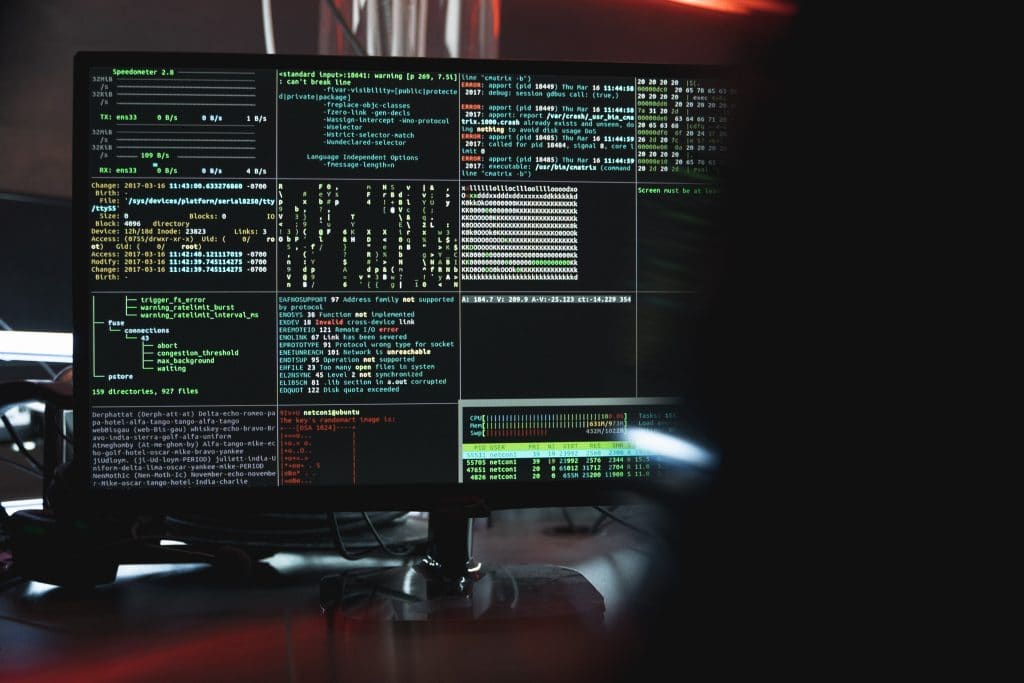Designed as a technology demonstration performing up to five experimental test flights over 30 days, Ingenuity became the first aircraft to fly on another world.
It operated for almost three years on Mars, performed 72 flights and flew more than 30 times farther than planned and recorded over two hours of flight time.
Engineers from NASA’s Jet Propulsion Laboratory (JPL) and AeroVironment are due to publish a technical report into Ingenuity’s final mission, Flight 72, on January 18, 2024.
The investigation has already ruled that Ingenuity’s navigation system failed to provide accurate data during the flight which likely led to a chain of events that ended the mission.
According to NASA, the final flight was a test ‘hop’ but communications were temporarily lost as it descended for a landing. Subsequent images of the helicopter revealed severe damage to its four rotor blades.
“When running an accident investigation from 100 million miles away, you don’t have any black boxes or eyewitnesses,” said Ingenuity’s first pilot, Håvard Grip of JPL.
“While multiple scenarios are viable with the available data, we have one we believe is most likely: Lack of surface texture gave the navigation system too little information to work with.”
NASA says by Flight 72, the helicopter was in a region of a crater filled with steep, relatively featureless sand ripples. NASA says data sent during Flight 72 showed that around 20 seconds after take-off, the navigation system couldn’t find enough surface features to track.
Photographs taken after the flight indicate the navigation errors led the helicopter to land at high speed at touchdown. It most likely pitched and roll, snapping the roto blades about a third of the way from the tip.
The damaged blades caused excessive vibration which ripped one blade off entirely and overloaded the communications system.
Ingenuity is permanently grounded but the helicopter still beams weather and avionics test data to the Perseverance rover about once a week.
“Because Ingenuity was designed to be affordable while demanding huge amounts of computer power, we became the first mission to fly commercial off-the-shelf cell phone processors in deep space,” said Teddy Tzanetos, Ingenuity’s project manager.
“We’re now approaching four years of continuous operations, suggesting that not everything needs to be bigger, heavier, and radiation-hardened to work in the harsh Martian environment.”
Inspired by Ingenuity’s longevity, NASA engineers have been testing smaller, lighter avionics that could be used in vehicle designs for the Mars Sample Return campaign.
The data is also helping engineers as they research what a future Mars helicopter could look like.
“Ingenuity has given us the confidence and data to envision the future of flight at Mars,” said Tzanetos.
For more information about Ingenuity: mars.nasa.gov/technology/helicopter






